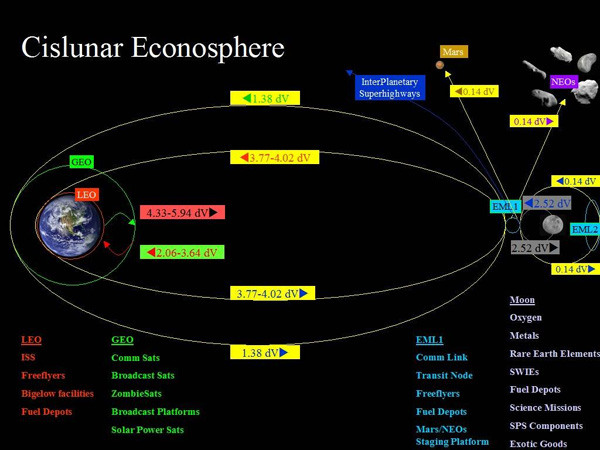
Clay Breakthrough: How Ordinary Dirt Could Influence the Future of Quantum Computing
In a tech landscape fueled by unique materials crafted in pristine labs, a group of global researchers has made an extraordinary find right from the ground—literally. Scientists at the Norwegian University of Science and Technology (NTNU) have discovered that vermiculite, a mineral clay that is common in gardening stores and insulation, has exceptional properties that could lead to a significant advancement in quantum computing.
This unexpected discovery, published on May 13 in npj 2D Materials and Applications, signifies a paradigm shift in how researchers perceive materials for quantum technology—indicating that the most advanced solutions may not originate from high-tech factories but from elements already beneath our feet.
Quantum Potential in Plain View
Vermiculite is no stranger to human applications. Present in various products from potting mix to construction materials, it has often been viewed as industrially useful but scientifically unremarkable. However, when NTNU scientists processed this clay into single-layer nanosheets—reducing it to just one nanometer thick—they realized they were looking at a potential game-changer for quantum technology.
According to Professor Jon Otto Fossum from NTNU’s Department of Physics, the team revealed that this natural clay converts to a quantum-active form under specific laboratory circumstances. This extremely thin variant of vermiculite acts as a semiconductor with a significant band gap—a crucial characteristic for developing electronics that manipulate quantum bits, or qubits.
Even more intriguing, the clay also displays antiferromagnetic properties, an essential trait for emerging areas such as quantum spintronics and neuromorphic computing (brain-like computers). In antiferromagnetic materials, the magnetic moments of atoms align in opposite directions, a property essential for data storage and systems based on spin computation.
“What we uncovered is essentially a quantum-active component yielded by nature,” remarked lead author Barbara Pacáková. “It is stable, non-toxic, abundant, and manifests in a structure that is already functional—particularly exciting in the context of sustainable materials.”
Nature’s Response to Synthetic Complexity
Historically, materials for quantum computing are crafted from complex, costly synthetic compounds like gallium nitride or superconducting circuits kept in cryogenic settings. These materials are difficult to manufacture and scale, posing a technological hurdle for the broader application of quantum systems.
In contrast, vermiculite presents a trifecta of desirable features for quantum devices:
– Ultra-Thin Architecture: Vermiculite sheets measure just one nanometer thick—almost 100,000 times thinner than a human hair—functioning effectively at the quantum level.
– Wide Band Gap Semiconductivity: Its 3.3–3.9 eV electrical band gap is comparable to that of commercial-grade semiconductors.
– Intrinsic Magnetic Order: The naturally occurring antiferromagnetic properties offer potential routes for constructing quantum gates and memory elements.
Although the material does not show these magnetic characteristics at room temperature—restricting immediate commercialization—its inherent behavior in controlled settings opens a plethora of possibilities, from photonic sensors to neuromorphic chips.
Challenging Scientific Norms
What is perhaps most revolutionary is not the material itself but the mindset it embodies. The NTNU team’s approach directly contests the high-tech belief that cutting-edge computing materials must be artificially engineered in laboratories.
“Our laboratory follows a unique approach,” stated Fossum. “We focus not only on flawless materials made in labs but also on natural materials that can be utilized.”
This philosophy changes the focus from expensive synthesis to natural abundance, sustainability, and simplicity. In an era where environmental and ethical considerations weigh heavily on high-tech supply chains, clay-based quantum materials present a chance to democratize access to advanced technologies while minimizing ecological impact.
Future Prospects: From Spintronics to Brain-Inspired Computers
Although clay-based quantum computers are not presently feasible—due to environmental limitations on the stability of the material’s traits—their implications extend far beyond initial constraints.
Fossum and his team propose that with additional research, components based on vermiculite could emerge in:
– Spintronic devices that utilize electron spin instead of charge for data processing
– Highly sensitive magnetic field sensors for applications in medical or geological tools
– Photonic chips that transmit information using light rather than electrons
– Neuromorphic systems that emulate brain architecture for AI advancements
This discovery, emphasizing collaboration, involved scientists from Brazil, France, the Czech Republic, and Norway, highlighting a growing global trend: the exchange of ideas across borders to rethink how and where we seek cutting-edge materials.
A Humble Mineral’s Bright Future
In a time captivated by artificial intelligence, nanofabrication, and machine learning, it’s noteworthy that one of the most promising breakthroughs in quantum computing arises not from ambitious innovations or multi-million dollar laboratories—but from clay.
This progress not only redirects our understanding of material science;